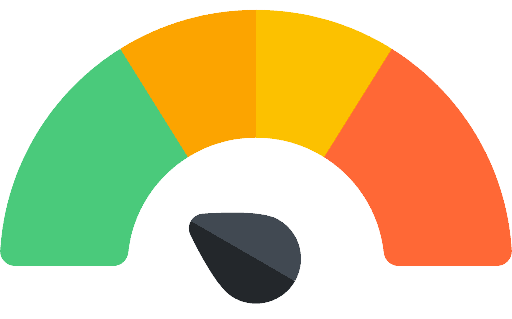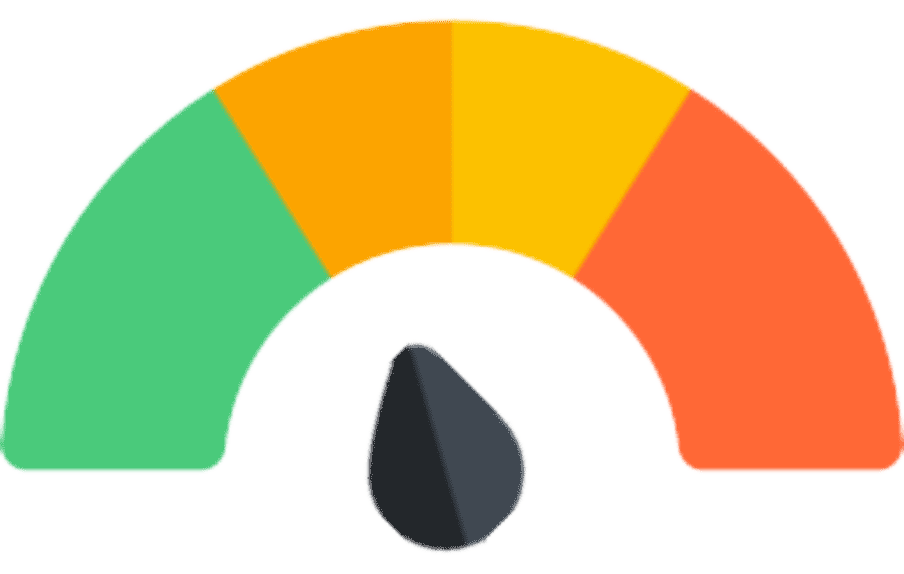Nextril (TOFISOPAM)
Marketer: Torrent Pharma
THERAPEUTICS
brands
Class
- Neuroscience-based Nomenclature: GABA positive allosteric modulator (GABA-PAM) Benzodiazepine ( 2,3-benzodiazepine, unlike traditional 1,4-benzodiazepines)
Nextril commonly prescribed for
(Bold for FDA approved)
 How Nextril works
How Nextril works
• Binds to benzodiazepine receptors on the GABA-A ligand-gated chloride channel complex
• Modulates receptor activity without enhancing GABAergic transmission
• Reduces excessive neuronal activity in the limbic system, including the amygdala, providing anxiolytic effects
• Minimal sedative effects due to selective modulation rather than broad GABA potentiation.
How long until Nextril works
• Provides relief within a few hours of the first dose for anxiety symptoms
• Maximal therapeutic benefit may be achieved within a few days to a week with regular use
SIDE EFFECTS
 Notable Side Effects
Notable Side Effects
• Drowsiness, fatigue, dizziness
• Headache
• Dry mouth
• Mild gastrointestinal disturbances (nausea, abdominal discomfort)
• Muscle weakness
• Hypersensitivity reactions (rash, itching, swelling) (Rare)
• Risk of dependence and withdrawal symptoms with prolonged use (Rare)
• Cognitive impairment (memory problems, concentration issues) (Rare)
 Life Threatening Side Effects
Life Threatening Side Effects
• Severe allergic reactions (anaphylaxis)
• Respiratory depression when combined with other CNS depressants
• Hepatic or renal dysfunction (in patients with pre-existing conditions)
weight gain

unusual
sedation

not usual
What to do about Nextril side effects
• Wait
• Wait
• Wait
• Lower the dose
• Take largest dose at bedtime to avoid sedative effects during the day
• Switch to another agent
DOSING AND USE
usual dosage range
• Generalized Anxiety Disorder (GAD): 50-100 mg/day, typically in divided doses. Start at a lower dose (50 mg) and increase as needed based on individual response, with a maximum of 100 mg/day. Panic Disorder: 50-100 mg/day, with the dose adjusted according to response. Usually taken once daily or divided into two doses.
 Dosage Forms
Dosage Forms
• Tablet 50mg, 100mg
long term use
• ofisopam may maintain its efficacy for anxiety and related conditions over time, but response can vary between patients. Dose adjustments may be needed based on therapeutic outcomes.
• While the risk of dependence with tofisopam is lower compared to benzodiazepines, prolonged use, especially beyond 12 weeks, may still increase the risk, particularly in patients with a history of substance abuse.
habit forming
• The risk of dependence and tolerance is lower compared to traditional benzodiazepines, long-term use may still lead to psychological dependence, especially in patients with a history of substance abuse.
SPECIAL POPULATIONS
 Renal Impairment
Renal Impairment
• Dose should be reduced
 Hepatic Impairment
Hepatic Impairment
• Dose should be reduced
 Cardiac Impairment
Cardiac Impairment
• Can be used to treat anxiety associated with acute myocardial infarction
 Elderly
Elderly
• Should receive lower doses and be monitored
 Children and Adolescents
Children and Adolescents
• Safety and efficacy in children and adolescents are not well-established; lower doses are recommended if used, and close monitoring is necessary.
• Limited data on its use in children and adolescents; not commonly prescribed for this population.
• Long-term effects of tofisopam in children and adolescents are unknown.
 Pregnancy
Pregnancy
• Possible increased risk of birth defects when benzodiazepines, including tofisopam, are taken during pregnancy.
• Tofisopam is not generally recommended as treatment for anxiety during pregnancy, particularly during the first trimester, due to potential risks.
• Drug should be tapered if discontinued to minimize withdrawal effects.
• Infants whose mothers received tofisopam late in pregnancy may experience withdrawal effects or neonatal flaccidity.
 Breast Feeding
Breast Feeding
• Tofisopam may pass into breast milk in small amounts.
• It is recommended to either discontinue the drug or use bottle feeding during treatment.
• Potential effects on the nursing infant include feeding difficulties, sedation, and weight loss; therefore, close monitoring is advised if breastfeeding is continued.
Based on data Published online by Cambridge University Press
Compiled by Dr. Jash Ajmera